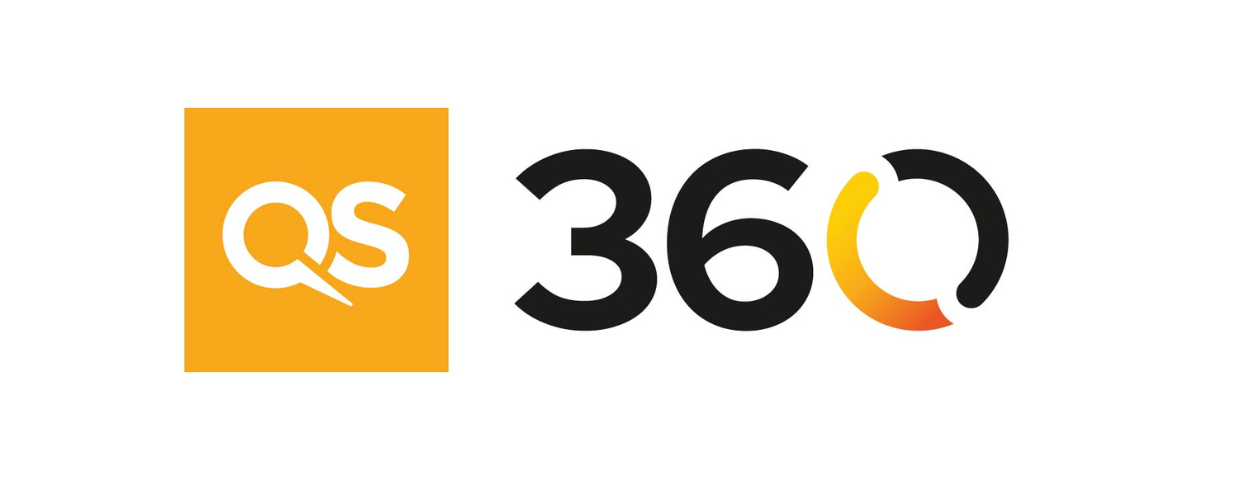
Offers are down across UK universities (by some accounts -30% YoY). In Australia, domestic enrolments have stalled since 2017. Across key markets, international enrollments will become increasingly important to institutions’ financial viability.
Introducing QS 360: Student Recruitment, our new analytics and advisory solution for student recruitment.
Combining 30 years of analytics with decades of advisory expertise, we have developed one complete solution to help you recruit smarter.
Designed in collaboration with universities, for universities
We worked closely with UK institutions: Durham University, London South Bank University, King’s College London, the University of Southampton and the University of York.
Their experience and feedback enabled us to create an analytics and advisory service that truly meets the needs of the UK’s higher education institutions, energising your existing recruitment efforts and maximises your success. Now, we’re opening up this service to Australian universities.
Expert analytics and advisory support – all in one easy-to-access place
Live, full-funnel student recruitment analytics
Data-led scenario modelling to shape future planning
Predictive, not just descriptive analytics which enhance your future market knowledge
On-the-pulse insights, diagnostics and support
This is not just another SaaS product
This is sector-leading data; story-telling insights; future-shaping forecasting; perspective-shifting advisory; idea-sparking conversations; network-building partnerships; goal-smashing strategies in one complete solution.
Don’t miss the student recruitment revolution.
What do our partners say?
“What QS 360 achieves is the ability to distil data into one easy-to-use platform so we gain a panoramic view of the global student recruitment landscape,” says Paul Woods, Group Director of Marketing, Recruitment and Communications at London South Bank University.
“It differs from other tools on the market because it brings everything together in one place. It doesn’t simply help us to review and compare recruitment for the next intake, but it enables us to take a data-led approach to forecasting and planning too.”



